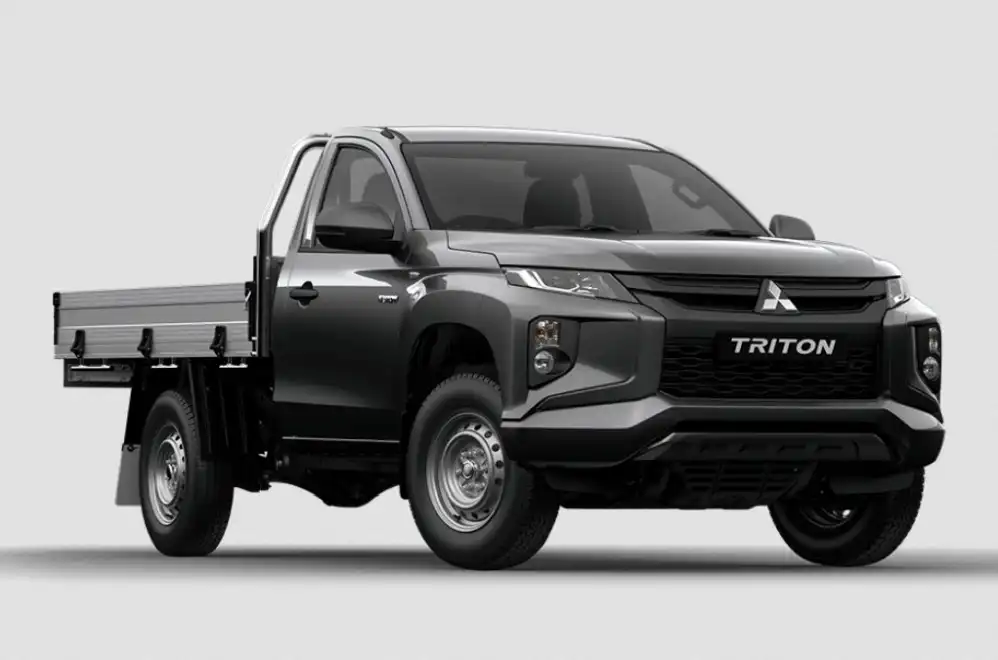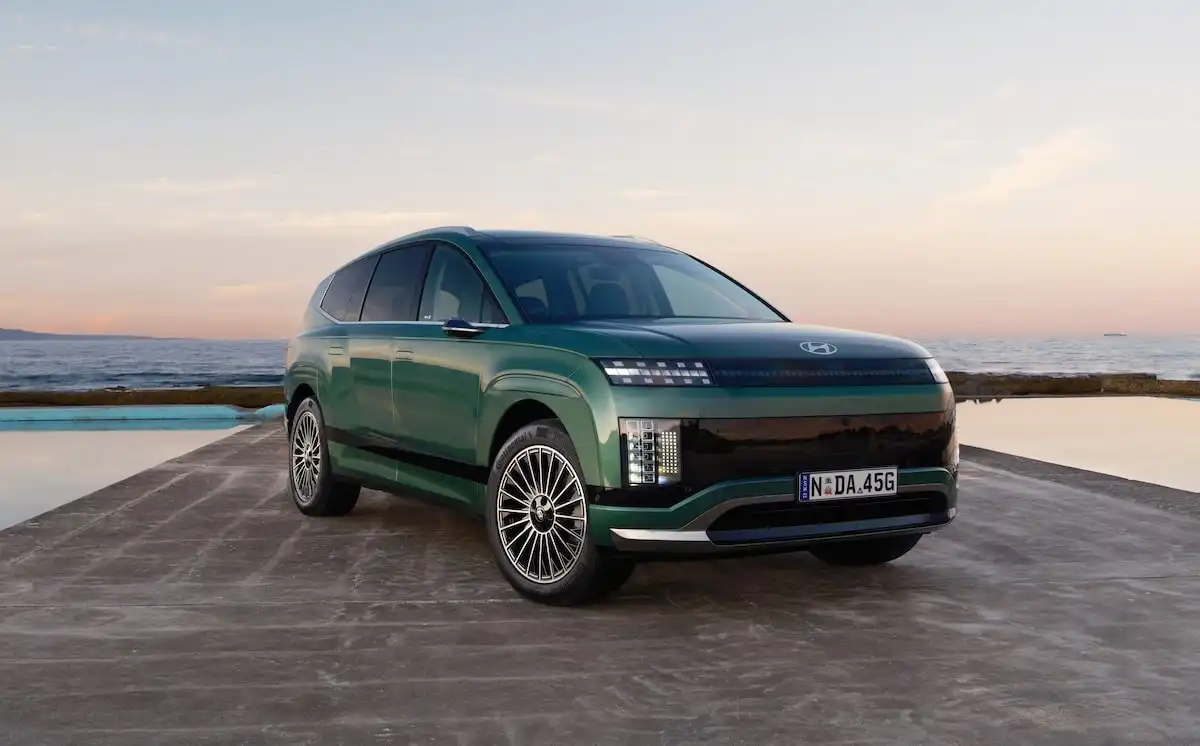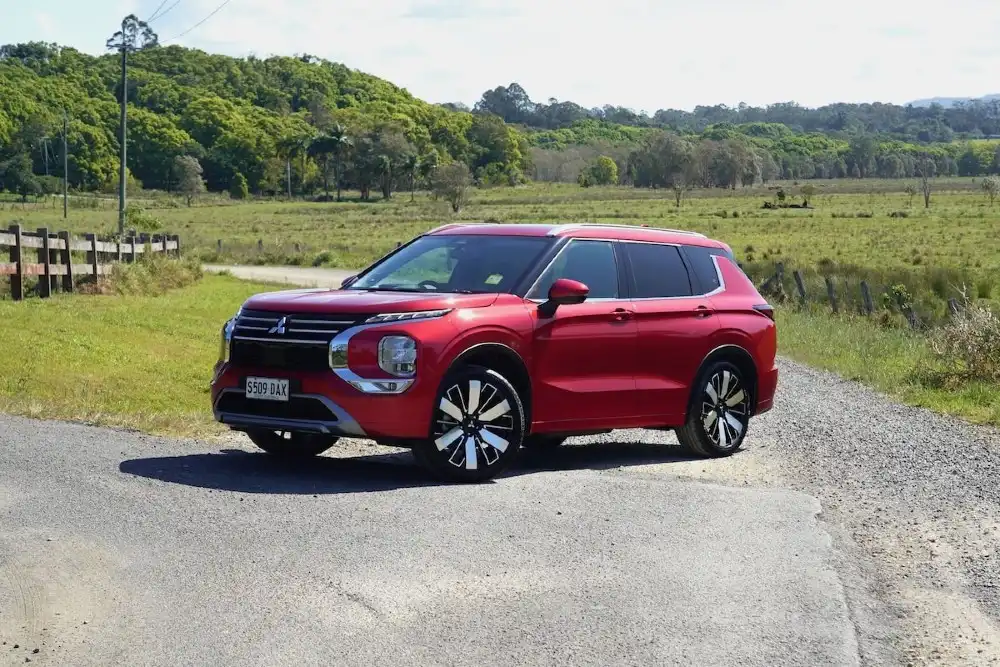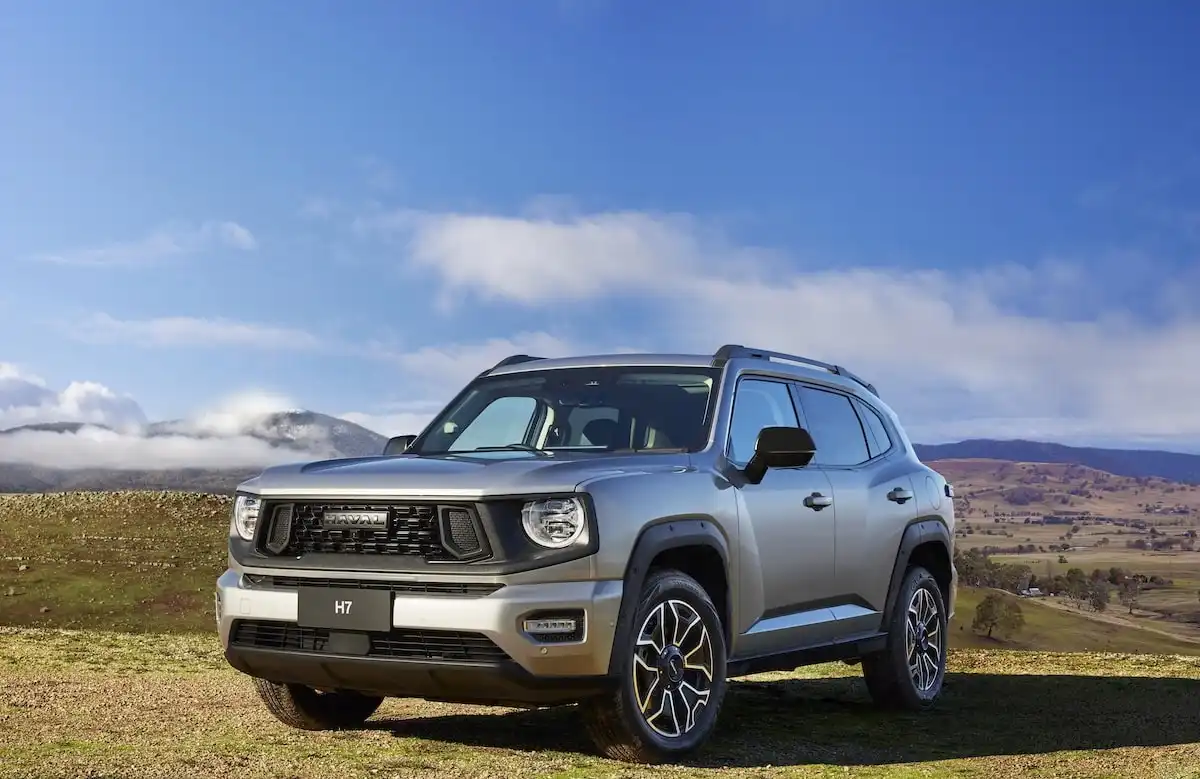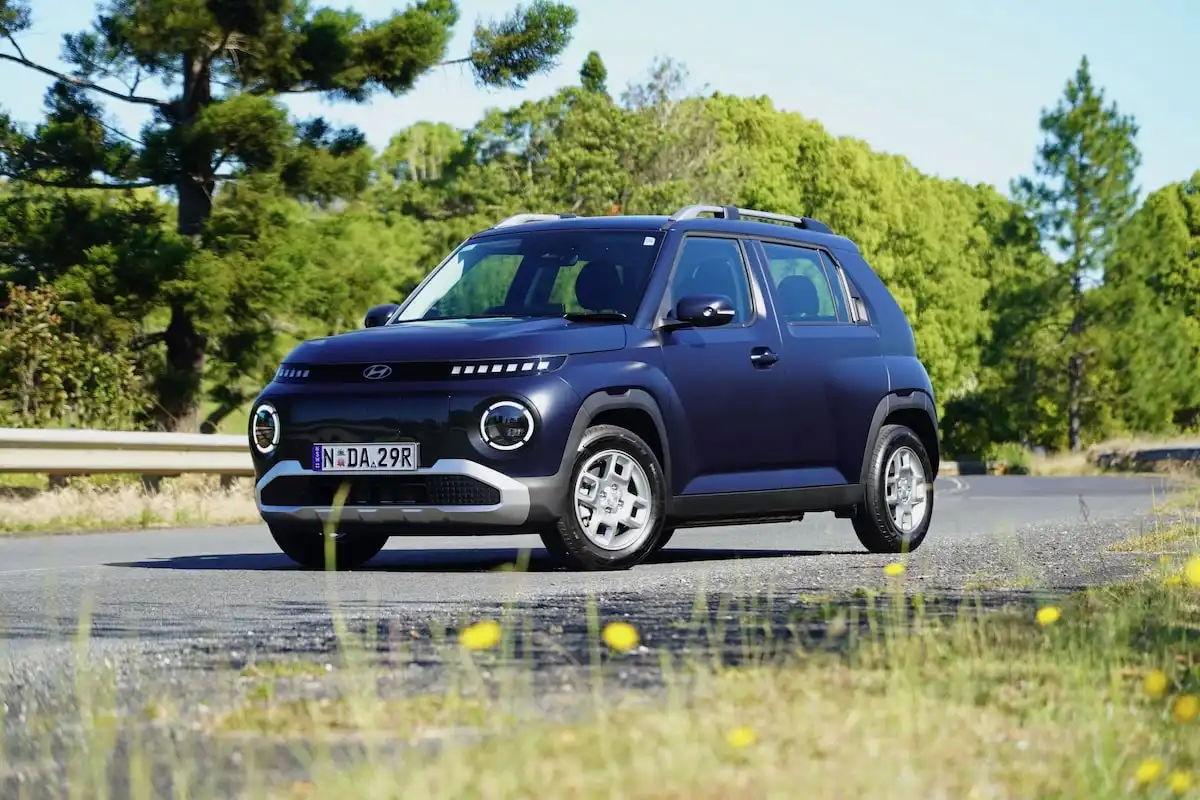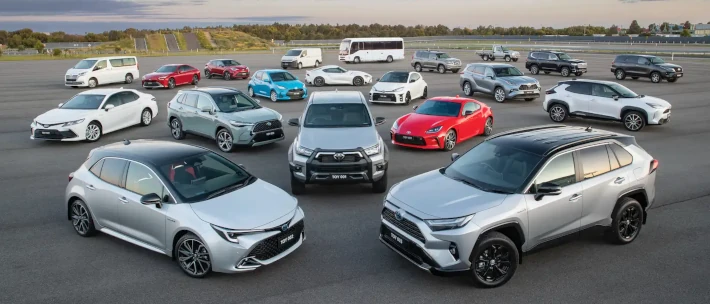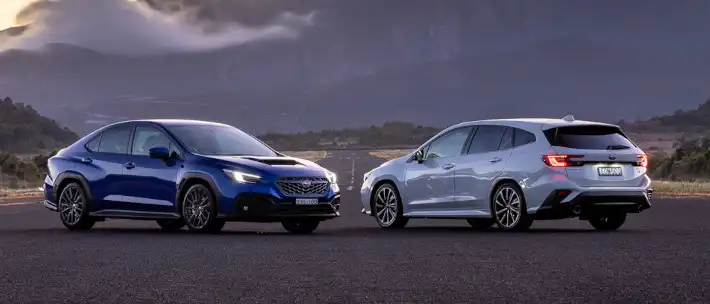The Mitsubishi Triton is a consistent podium-finisher behind the likes of the Toyota Hilux and Ford Ranger, but the current generation is becoming somewhat dated following updates from its competitors. With that in mind, is the Triton deserving of its third-place finish? Let’s take a look at the lineup and find out.
Starting Price: $23,490
OnlineAuto Savings: $8,512
Mitsubishi Triton - GLX+ (4x4) Specifications
| Model Date | 2021 |
| Make | MITSUBISHI |
| Model | TRITON |
| Series | MR MY21 |
| Variant | GLX+ (4x4) |
| Body | DOUBLE CAB P/UP |
| Fuel type | DIESEL |
| Transmission | 6 SP AUTOMATIC |
| Drive | 4x4 |
| Engine | TCDI |
| Engine capacity | 2442 |
| Engine configuration | DUAL OVERHEAD CAM / 16 valves |
| Engine RPM | 3500 / 2500 |
| Cylinders | DT4 |
| Torque | 430 |
| KW | 133 |
| Fuel tank size | 75.0 |
| Fuel usage specs | 8.6 / 0.0 |
| CO2 | 225 |
| ANCAP security rating | 4 |
For more details and other variants, check Mitsubishi Triton car page.
Need help narrowing down your choices?
Get in touch with one of our Car Buying Specialists today
Request a quoteHow Much Does It Cost?
The Mitsubishi Triton lineup kicks off at $23,490 for the entry-level 4x2 single-cab GLX, with a meatier diesel engine bringing the price tag to $27,990, and the automatic variant bringing the price to $30,240. The entry-level GLX is also available as a 4x4, which also receives the diesel engine and is priced from $36,990, and with Mitsubishi’s Advanced Driver Assistance System - ADAS - for $39,990.
From here, the range steps up to the GLX+ which is priced from $42,940, with a range of body styles and engine choices, and the step-up GLS variant coming with a price tag of $46,990. The range-topping 4x4 Triton GSR is priced from $53,490, with the roll top Tonneau pack available from $57,420.
How Much Can OnlineAuto Save You?
You could save money by getting one of OnlineAuto’s car buying agents to assist you in finding the greatest value model for you.
What Features Does the Mitsubishi Triton Have?
The base model Mitsubishi Triton comes with 16-inch steel wheels, fabric seats, 6.1-inch multimedia system with bluetooth and audio streaming, air conditioning, rear-view camera, keyless entry, halogen headlights with daytime running lights, cruise control, as well as a host of safety equipment as standard like trailer stability assist, hill start assist, stability control and seven airbags.
The GLX+ adds side steps, rear parking sensors, a rear locking differential, as well as some creature comforts like automatic climate control, as well as a larger 7-inch touchscreen multimedia system with Apple CarPlay and Android Auto. The ADAS variants of the Triton lineup add Mitsubishi’s full suite of safety equipment like fog lights, forward collision mitigation, lane departure warning, as well as automatic headlights and wipers.
The Triton GLS variant adds folding door mirrors with integrated turn signals, LED headlights, dual-zone climate control, front parking sensors, smart key with one-touch start system, with the optional extra of adding powered and heated leather seats and a multi around monitor is available in the Deluxe Option pack.
Range Features:
- 6.1-inch multimedia system standard; 7-inch on GLX+ and above
- Reversing camera
- 16-inch steel wheels, 16-inch alloys on GLX+
- Rear locking differential (4x4 only)
- LED headlights (GLS and above)
- Super Select 4x4 system
Mitsubishi Triton - GLX+ (4x4) Colours
| White | Sterling Silver |
| Graphite Grey | Red |
| Impulse Blue | Black |
Is it Comfortable to Drive?
It’s difficult to find any work-oriented ute that is a pleasure to drive, but the Triton does its best with what Mitsubishi has packaged it with. In its most basic form, the GLX offers a back-to-basics approach to driving, and is no doubt more comfortable at low speeds. Far more attention has been paid - quite rightly - by Mitsubishi on how it performs while on the job and how durable it is, so in this respect, the Triton, nor its competitors shine in terms of their driving dynamics.
Overall, though, the Triton offers a completely acceptable ride quality while being able to tow and carry large loads, so in that respect, there will be few complaints from owners. There is also the ever-popular 4x4 option with a low-range function and rear locking differential, meaning the Triton can keep up with its competitors where the road stops and the dirt tracks start.
Is it a Workhorse?
This is where the Triton, as well as its competitors begin to shine. The Triton has been designed specifically to handle the rough-and-tumble of Australia’s worksites, and depending on the bodystyle and engine you opt for, offers a huge amount of cargo storage and towing potential. Specifically, the base model GLX single cab is rated at 750kg of unbraked and 1800kg of braked towing capacity, with the maximum payload rated at 1280kg.
These numbers rise to 3,100kg of braked towing capacity in the most powerful engine variants, although payload drops to 900kg, with a gross combined mass of 5,885kg. All up, the Triton benefits from a relatively low kerb weight, which translates into a large payload capacity and ability to tow, but it is slightly behind the 3,500kg towing capacity of some key rivals.
Is it Practical and Spacious?
In terms of practicality for work, the single cab chassis Triton offers a huge amount of space in the tray, which measures around 2.5 by 1.8 meters. Depending on your lifestyle, and your reasons for purchasing a Triton, you may well find that the double-cab chassis is the pick of the bunch, allowing you to transport the family when you’re not at work, which offers more than enough interior space for longer journeys.
Is it Safe?
The Mitsubishi Triton has been awarded ANCAP’s maximum Five Star safety rating, with the range offering safety technologies blind spot warnings, rear cross-traffic alerts, lane departure warnings, hill descent control, ultrasonic misacceleration mitigation system, reverse cameras and parking sensors, as well as trailer stability assist and forward collision mitigation.
Is it Fuel Efficient?
The base model with a 4x2 system, powered by a petrol engine is officially rated at 11.4L per 100km, while the diesel option sips a more economical 7.9L per 100km on a combined cycle. More expensive and bulky variants like the GLS double cab are rated at 8.6L per 100km, meaning that even though the diesel engine is significantly more economical than the petrol, it’s somewhat less competitive than the figures on offer from Toyota and Ford.
Our Verdict: Is the Mitsubishi Triton Worth it?
While the current generation Mitsubishi Triton might be getting on a little bit, it is in no way being significantly outpaced by its competitors. What’s more, a number of Triton variants offer exceptionally good value for money compared to its rivals, and with a huge range of body types on offer, there’s likely a perfect Triton out there at a cut-price compared to its rivals.
If you’re in the market for a new ute, you can get a free quote and see how much OnlineAuto can save you on your next car, or call us on 1300 719 925
Five Specs You Need to Know
- 2.4-litre diesel produces 133kW and 430Nm of torque
- Economy between 7.9 (diesel) and 11.4L per 100km (petrol)
- 4x4 Dual Range
- 1800kg towing capacity (single cab)
- 3100kg towing capacity (rest of range)
Pros
- Extremely competitive pricing
- 10-year warranty available
- Suite of safety equipment
Cons
- Uninspiring interior
- Max towing capacity 400kg behind rivals
- Unrefined driving dynamics and acoustics at high speed
Mitsubishi Triton Competition
Mitsubishi Triton |
VS |
Ford Ranger |
| Isuzu D-Max | ||
| Toyota Hilux | ||
| LDV T60 | ||
| Nissan Navara |
